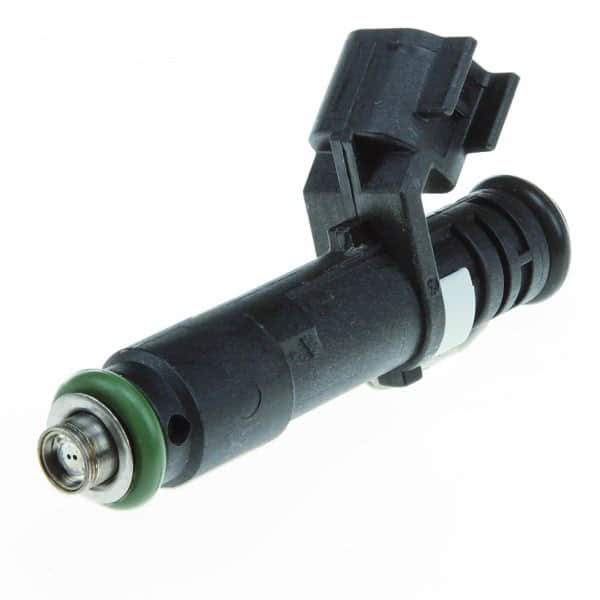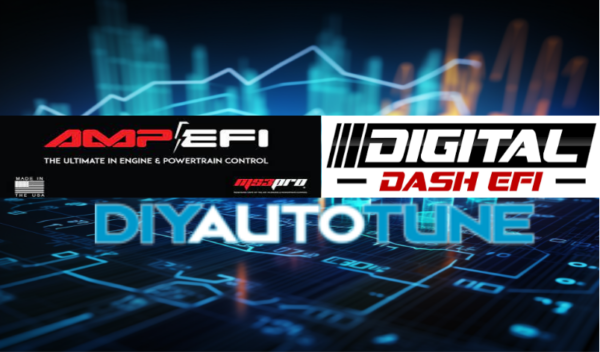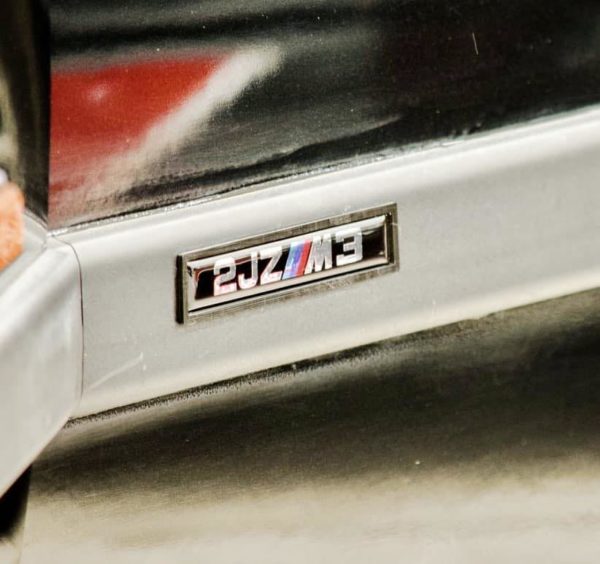Humble Beginnings
We’ve come a long way from the days of spinning screws and tweaking jet sizes during a gasoline-soaked afternoon in the driveway to achieve the best fueling solution for our cars. Gone are the days of keeping boxes of spare parts and endless gaskets on hand to constantly disassemble a carburetor, make a change, re-install and hope our efforts improved things. For today’s gearhead, a modern standalone EFI system is a Godsend. We want a little more fuel at idle, a little less at high RPM, and just the right amount during part throttle cruise, no problem! Just fire up the ol’ laptop, make a few mouse clicks or keystrokes, and viola! Instant change, that we can not only feel but datalog and constantly monitor with a level of precision our grandads could have only dreamt of. At the heart of all of this, is the humble fuel injector. A device, that on the surface seems simple, but is partly responsible for one of the greatest leaps forward in modern automotive technology. Today we’ll dive into how these tiny electromagnetic marvels came to be and how we can choose the size and style to best suit our high-performance goals.
History Lesson
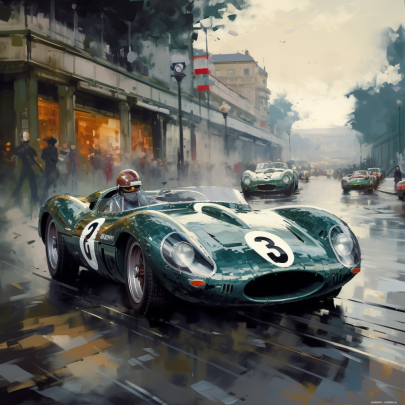
The idea of fuel injection is nothing new. In fact, it dates back to the early 20th century when cars were still in their infancy. These early mechanical systems developed by the likes of Bosch, Benz, and BMW were the ancestors of our modern-day direct injection systems and fitted mainly to aircraft through the 1940s. As it became necessary for airplanes to fly higher, faster, carry more payload, and perform under high G loads, the carburetors just weren’t cutting it. It of course didn’t take long before someone decided to use this “new” technology on a racing car and in 1956 Jaguar started using this system on the D-Type racecar. The following year, Jaguar D-Types would take 1st through 4th at LeMans—cementing fuel injection as THE tech to have for maximizing performance.
Also in 1957, the American company Bendix would release the first “Electronic Fuel Injection” using an analog electronic scheme for controlling what resembles a T.B.I. or throttle body injection system. This was released in 1958 as an option on the Chrysler 300D, often cited as the world’s first electronically fuel-injected car. Though, no surprise considering the technology involved, it was plagued with reliability concerns and had a low adoption rate, likely because of the perceived complexity of the system. This would be a major windfall for Bosch however, as they purchased the patents for the “Electrojector” and developed the system into what would eventually be the D-Jetronic released in 1968.
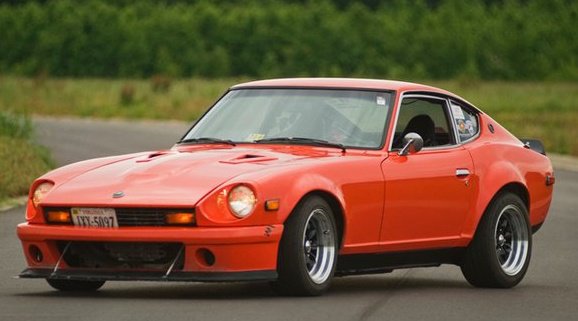
The following decades would see Bosch grow into one of, if not the most successful fuel injection system manufacturers in the world. Helped in no small part by their L-Jetronic line in 1974 used on a host of European and Japanese cars of the time. The L-Jetronic laid the groundwork for all current E.F.I. systems. The basic principles and layout, using a pressurized common rail with one injector per cylinder mounted in the intake close to the valve actuated by a “controller” of some kind are still used today!
Fuel Injector Operation
All modern fuel injectors work on the same principle. They are really nothing more than very small valves that can open extremely rapidly with the use of an electromagnetic solenoid. A solenoid is a coil of wire wrapped around a magnetic core that becomes active when a current is passed through it. This magnetic field lifts a pintle off of its seat allowing fuel to flow from the tip of the injector. The magic is in how quickly we can open this valve, and how long we can hold it open, effectively determining how much fuel is allowed to flow. In our case, we will have the fuel injectors wired in a way that has a constant power being supplied to one side of our coil, and the other side of the coil wired back to our ECU. When the ECU decides to open the injector, it grounds the control side allowing current to flow. This happens rapidly as you might expect, with injector “ON” time, or “Pulse” measured in Milliseconds. This can be from 1.0mS or less at idle, to 20mS or more under high load/high RPM conditions.
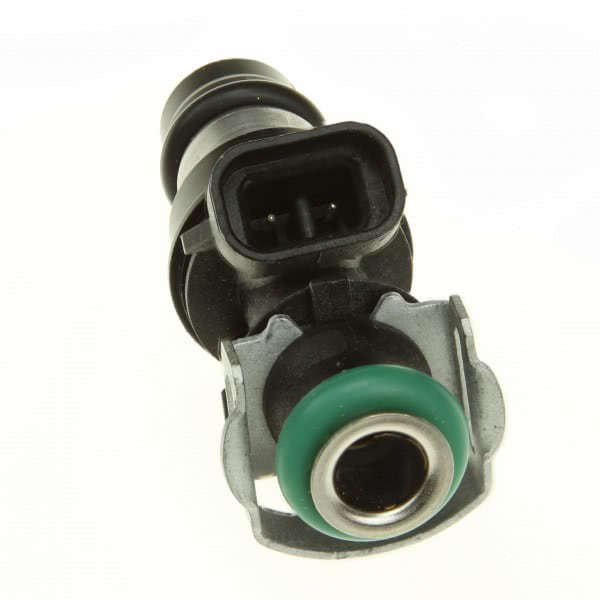
Since we can quickly overheat and damage the injector solenoid if we were to apply constant current through the windings, we instead use a Pulsewidth Modulation strategy or PWM. All this means is that we apply current through the injector in very short, rapid pulses, so that it opens and closes very quickly many times throughout a cycle. The amount of “ON” or open time applied to the injector by the ECU is the injector’s “Duty Cycle”. So for a 60% duty cycle, the injector is open 60% of the time allowed. This becomes important later, as when sizing injectors we want enough flow to supply the engine adequately for the power level involved without going over 80-85% duty cycle.
Injector Sizing
Now that we have a little background on how fuel injectors came to be, and how they work, we need to decide on how “big” they need to be. Injectors are “sized” typically by their flow rate. Or how much fuel can flow through that injector at a given pressure, and a given duty cycle. This measurement is stated as “Pounds per Hour” or “CCs per Minute”. Almost certainly you’ve seen injectors advertised as “42lbs” or “1000cc”. What they are saying is that the injector is capable of flowing 42 pounds of fuel per hour or 1000cc of fuel per minute at maximum duty cycle (usually somewhere around 80%) at the industry standard pressure of 43.5psi. We will get into fuel pressure a little later, but for now, keep in mind the standard for multiport EFI systems is 43.5.
“That is all fine and good” you might be thinking, “but why do I care how many pounds per hour a fuel injector is capable of flowing?” The answer is, it has EVERYTHING to do with how much horsepower you will safely be able to make, and how your engine will respond at idle, cruise, wide-open throttle, and all points in between. Injector sizing is one of the most critical decisions we can make when upgrading or updating our fuel injection systems. The real question is how do we choose a flow right that’s right for our project? And for that, we’ll have to do some math, stay with me though, it’s not that bad.
How Much Do We Need?
The first thing we need to determine when choosing injector size is a realistic horsepower target. If we’re dealing with a stock Miata and a small turbocharger, we’re probably not going to see power levels over 300hp. However, if we’re dealing with a relatively large engine and a hefty amount of boost, we can easily target 700, 800, 900, or more. The one constant though will be calculating the amount of fuel needed to supply that engine at maximum power using a realistic duty cycle. Fortunately, we can use a relatively simple formula.
Injector size in lbs/hr = ( Horsepower X BSFC ) / ( Number of Injectors X Duty Cycle )
One thing to note in this formula is BSFC or Brake Specific Fuel Consumption. This is typically measured under laboratory conditions to get an exact BSFC, but we can use some estimates to get pretty close. The BSFC is actually a measure of how efficiently your combination uses fuel to make power. In other words, the more efficiently your engine makes power, the lower your BSFC will be. Keep in mind that engines using power adders will actually have a slightly higher Brake Specific Fuel Consumption due to the added heat in the combustion chambers.
Typically for our purposes, a naturally aspirated lightly modified engine would have a BSFC of around 0.45 to 0.55. On the other hand, a turbo or supercharged engine would fall around 0.55 to 0.65. So for an engine that makes 500hp and a BSFC of 0.55, we would need to be able to supply at least 275lbs/hr of fuel. One thing to note: It doesn’t matter if that is a 4-cylinder, 6, or 8. The amount of fuel needed to support a given amount of power stays the same. What will change, is how many injectors we’re using to supply that fuel.
So, let’s put this math to use: Let’s use a naturally aspirated inline 6, expected to make 225 horsepower.
Injector Size = ( 225 X 0.50 ) / ( 6 X 0.80 ).
Or:
Injector Size = ( 112.50 ) / ( 4.8 )
So:
Injector Size = 23.4 lbs/hr.
Rounding up gives us an injector size of roughly 24 lbs/hr. Notice in this example we’re using a relatively conservative duty cycle max of 80% and BSFC of 0.50. If the engine is slightly more efficient ( say BSFC of 0.45 ) we could use 21 lb/hr injectors, and if a little less efficient, or using fuel to cool the combustion charge ( say BSFC of 0.60 ) our injector size would be closer to 28 lb/hr. Keeping the duty cycle around 0.80 gives us a little margin to increase or decrease the duty cycle by a small amount to perfectly dial in our fuel delivery.
Changing from Lbs/Hr to CC’s/Min is just a matter of multiplying by 10.5 or dividing to go back from CC’s/Min to Lbs/Hr.
example: (42lbs/hr) X 10.5 = 441cc/min or (1000cc/min) / 10.5 = 95.23lbs/hr
Wiggle Room
As in the example above, sometimes we’re not sure where we need to land in terms of injector size. That’s no problem as long as we factor in a bit of wiggle room. We may find ourselves making a little more power than we planned, or fuel pressure may be lower than we thought for some other reason. Or, we may have future modifications in mind that would require slightly more fuel. In these cases, it works in our favor to build in some margin. While we don’t want our injectors to go “static” or duty 100% duty cycle, we can periodically run them over 85% safely in most cases. We can also use fuel pressure to gain a bit of flow if needed, however not the ideal fix, as a slight drop in pressure for any reason could lead to an under-fueling condition right when you need it most. Ideally, we want to build in at least a 10-15% margin when selecting fuel injectors if not more.
Conclusion
Fuel injectors have come a long way from their humble beginnings, revolutionizing the automotive industry and propelling performance engines to new heights. Understanding their history, inner workings, and the critical role they play in modern fuel delivery systems is essential for any DIY enthusiast. By carefully choosing the right size of injectors based on horsepower targets, duty cycles, and engine efficiency, you can ensure optimal fueling and unleash the full potential of your project. So, whether you’re tuning an existing setup or embarking on an ambitious build, remember that the right fuel injectors can make all the difference in achieving your high-performance goals.
